by Derek Davison
As Ukraine’s internal stability continues to deteriorate, the United States and European Union have imposed additional sanctions against Russian leaders, punishing them for what increasingly appears to be Kiev’s failures. In the face of US and, especially, European hostility, Russia has accelerated plans to shift its attention, and its business interests, elsewhere.
Russian President Vladimir Putin declared on Wednesday that his military was “pulling back” from Russia’s border with Ukraine, though “NATO officials” claimed that there was “no immediate sign that Russian forces had pulled back.” In his statement announcing the pullback, Putin called for the Ukrainian government to cease military activity in Ukraine’s separatist southeast. Violent clashes in recent days between pro-Russian paramilitaries and Ukrainian troops near the eastern Ukrainian city of Slovyansk have killed and wounded dozens of troops and pro-Russian fighters, and an untold numbers of civilians who may be caught in the crossfire. The deadliest fighting took place in the southern Ukrainian port city of Odessa, where a confrontation between pro-Ukrainian and pro-Russian groups on May 2 killed “more than 40” people, including “dozens” of Russian sympathizers who were killed when pro-Ukrainian mobs reportedly chased them into a government building and then set that building on fire with gasoline bombs.
While Moscow and Kiev blame each other for the violence, particularly the catastrophe in Odessa, the inability of Kiev’s governing coalition to bring any kind of stability to the country looms large. The interim government has seemingly been purged of anyone who could successfully reach out to separatists in the east and south, while the ultra-nationalist, and openly hostile to Russians, Svoboda Party is a key participant in the cabinet. Yet the US and EU have apparently elected to blame Moscow for the violence. On April 29, the two western powers imposed a new round of targeted sanctions against prominent Russians, including General Valery Gerasimov, head of the Russian General Staff (the equivalent of America’s Joint Chiefs of Staff), and Deputy Prime Minister Dmitry Kozak. Still more sanctions are reportedly being developed, in the event that Russia “dramatically ramped up aggression against Ukraine.”
In the face of these punitive economic measures, Russia has, quietly, been expanding its economic and military activity into Asia, conducting its own “Asian pivot” along the lines of US President Barack Obama’s promised, though unfulfilled, plan to refocus American foreign policy attention away from Europe and the Middle East and on to the Asia-Pacific region. In April, it was reported that the Russian natural gas firm Gazprom was “close” to reaching a long-term deal to supply natural gas to China (via a pipeline that would be built as part of the deal). Russian and Chinese officials have been negotiating such an agreement for over a decade, with Russia reluctant to reduce its prices in order to compete with the gas that China has been buying from former Soviet Republic Turkmenistan. However, tensions over Ukraine and the possibility of Europe looking elsewhere — to America, to Qatar, or even to Iran — for its energy needs, and the potential collapse of Russia’s under-construction Black Sea South Stream pipeline, may have spurred Gazprom to make concessions, possibly reducing its prices in exchange for considerable up-front payment by China (though the Ukraine crisis has likely weakened Gazprom’s negotiating leverage).
Economic ties between Russia and China are increasing in general. China has not joined Western sanctions against Russia, and its banks are expanding their business in Russia even as American banks are scaling back. There is a strong likelihood that a Chinese government firm, the China Railway Construction Corporation, will be involved in constructing a car and rail bridge to connect mainland Russia directly to newly-annexed Crimea, and Chinese investors are backing a multi-billion dollar natural gas exploration effort on Russia’s northern Yamal Peninsula.
Russia is also in talks with India to build a $30 billion oil pipeline that would connect the two countries through the Chinese province of Xinjiang, which would expand Russia’s energy footprint into South Asia. While the pipeline project could be thwarted by Chinese-Indian tensions or escalating unrest among Xinjiang’s Uyghur population, it still reflects a major commitment by Russia to seek out new Asian markets for its energy supplies. Russia is also expanding its reach into North Africa, boosting its energy exploration and arms sales in Algeria, Egypt, Nigeria, and elsewhere on the continent. Given that competition with China over emerging African markets and resources is a key driver behind America’s Asian pivot, Russian moves here can be seen in a similar light.
It should be noted that these moves do not represent a change in Russian policy, but an acceleration of its already apparent commitment to expanding its economic and energy presence in the Asia-Pacific region. Russia completed a massive expansion of its East Siberia-Pacific Ocean oil pipeline last year, and analysts have predicted that this expansion will make Russia “a major infrastructure player” for crude oil in the Asia-Pacific region and, not coincidentally, will give Moscow “more leverage over Europe.”
Russia’s increased economic interest in Asia seems to be, according to the US, accompanied with an increase in Russian military activity in the Pacific, with long-range Russian flights skirting close to Guam and even California, but these activities pose no greater threat to the US than similar American military activities pose to Russia. However, Russia’s economic moves in Asia and elsewhere will, over time, greatly reduce the impact of US and EU sanctions, and call into question the logic behind further punitive measures, particularly at a time when Western efforts could be much better spent encouraging the new government in Kiev to cut ties to far-right groups and take steps to deescalate, rather than provoke, tensions with its separatist south and east.

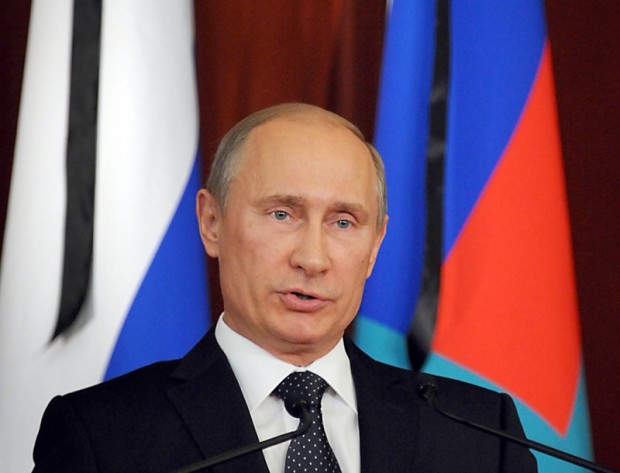
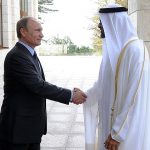
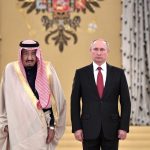
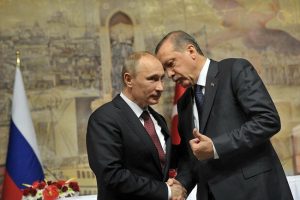
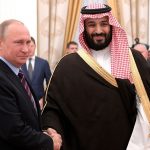
Sounds like Mr Putin is making the right decisions, while the E.U./U.S. continue playing second fiddle. Tying up the U.S. in all the various military adventures its gotten itself into, for better or worse, is starting to come home to roost. Who ever thought up sanctions as a weapon, should be put in a padded cell for the rest of his/her life, or maybe better yet, crew the first flight to Mars.
” including “dozens” of Russian sympathizers who were killed when a government building, in which they had barricaded themselves, caught fire.”
It was set on fire by pro-Kiev forces from the outside and then the inside (through a side entrance) to trap the people there